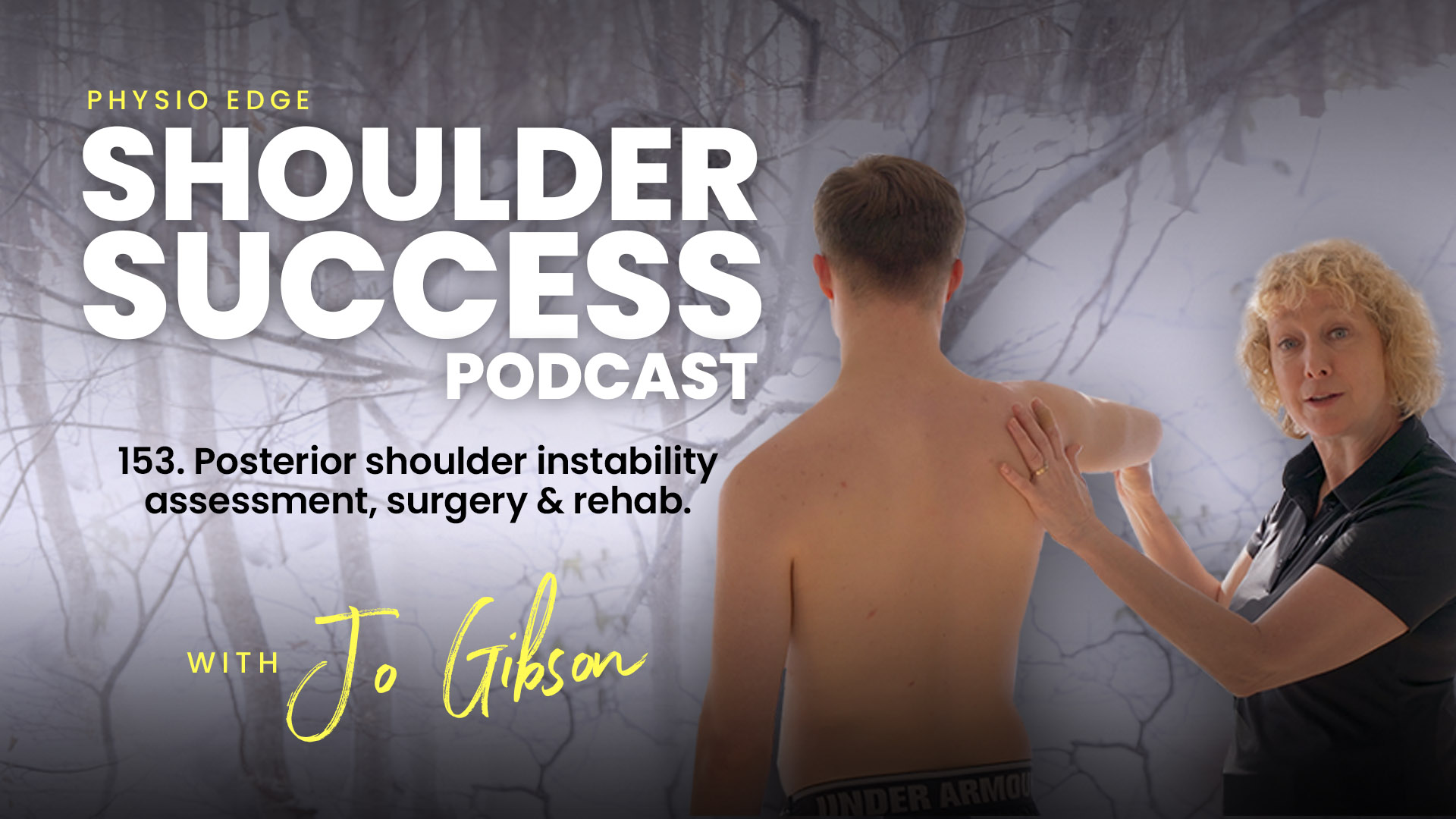
Posterior shoulder instability can occur after a fall onto an outstretched arm, or diving and hitting the ground with your arm (like diving to score a try in rugby), injuring the posterior labrum and/or the glenohumeral joint. Unlike anterior shoulder instability, patients with posterior shoulder instability may not have a feeling of instability, but may just experience pain, fatigue and weakness.
How can you identify posterior shoulder instability in your shoulder pain patients? What does your rehab for posterior shoulder instability need to include?
Find out in this podcast with Jo Gibson (Upper Limb Rehabilitation Specialist Physio).
The handout for this podcast consists of a transcript, a summary and articles referenced in the podcast.
Click here for the free webinar with Jo Gibson “Rotator cuff revealed! Rehab & reasoning”.

Free trial Clinical Edge membership
Use a fresh approach to your musculoskeletal and sports injury treatment with a free trial Clinical Edge membership at clinicaledge.co/freetrial
Links associated with this episode:
- Free webinar - Rotator cuff revealed: Rehab & reasoning with Jo Gibson
- Improve your confidence and clinical reasoning with a free trial Clinical Edge membership
- Join Jo Gibson live on Facebook & ask your shoulder related questions every Monday
- Download and subscribe to the podcast on iTunes
- Download the podcast now using the best podcast app currently in existence - Overcast
- Listen to the podcast on Spotify
- Jo Gibson on Twitter
- Let David know what you liked about this podcast on Twitter
- Review the podcast on iTunes
- Infographics by Clinical Edge
Articles associated with this episode:
-
Download the podcast handout to receive the articles associated with this podcast.



